 Umami is the 5th taste. Unlike the other four tastes, it has a certain je ne sais quoi. The taste of umami is hard to describe, but some might call it “savory”. The term “umami” was coined by the Japanese Scientist, Kikunae Ikeda, in 1908. He examined the same seaweed broth his wife made for him in his lab and isolated the chemical compounds that made the broth taste so good. That chemical compound was monosodium glutamate, also known as MSG. MSG is the purest form of umami, just like how sugar is the purest form of sweet. MSG is also a flavor enhancer like salt and sugar. It can make bland foods outrageously flavorful. In fact, there are specific taste receptors on the tongue specifically for glutamate, whether it be naturally occuring in food or isolated like in MSG. Humans are biologically geared to like the taste of glutamate because it means that there is edible protein in the food we are eating. Aside from seaweed, MSG or umami is found naturally occurring in a wide variety of other foods. Here are some, just to name a few: Cheese, aged ham, ripe tomatoes, anchovies, garlic, onions, soy sauce, fermented foods, shellfish, meat, egg yolks, cabbage, carrots, and potatoes. It is a common and untrue myth that MSG is unsafe due to claims of it causing headaches and tingling. It is actually one of the most studied food additives due to the controversy that surrounds it. Research has found that it is safe for all lifecycle stages and has been approved by the FDA as a safe food additive. In fact, Americans and Europeans consume about 0.3-1.0g of MSG per day. MSG can be part of a heart healthy diet since it contains about ⅔ less sodium than table salt. MSG should not replace salt entirely, but rather, be used as a partial-replacement to maximize flavor and reduce overall sodium. Too much MSG may actually overstimulate the taste buds, just like how adding too much salt in a recipe is unpalatable. It is recommended to use a 1:2 ratio of MSG to salt. That might look like ¼ tsp MSG plus ½ tsp salt to flavor a small pot of soup that called for 3/4-1 tsp salt. Asian cuisines are famous for their use of MSG/umami and MSG-containing condiments. Soy sauce, fish sauce, hoisin sauce, mirin, rice vinegar, and sesame oil are only a few of the many examples available on the market today. Below are some recipes that make use of MSG or MSG-containing condiments to bring out the vivid flavors of fresh ingredients. Enjoy! ~Genesis, MS Nutrition, Dietetic Intern Resources:
Tinola (Filipino Ginger Chicken Soup with Green Papaya 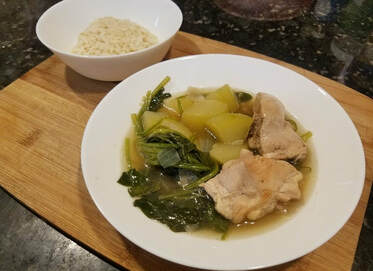 Ingredients:
Instructions
Serves 8 Serving size: 10 oz (about 1 ½ cups) Nutrition Facts per Serving: 167 calories, 7g carbs, 1g fiber, 3g fat, 27g protein, 295 mg sodium, 477 mg potassium Recipe adapted from the website “KawalingPinoy”. 3/21/2013. https://www.kawalingpinoy.com/tinolang-manok-chicken-tinola/. 3/1/2019. Fresh Spring Rolls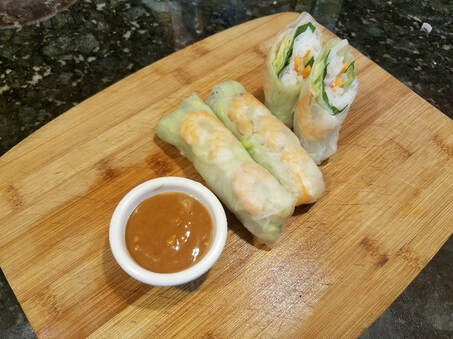 Ingredients for the Spring Rolls: 2 ounces rice vermicelli
Ingredients for the Sauce:
Instructions:
Serves 10 Servings size: 1 spring roll and ~1.5 Tbsp of sauce Nutrition Facts per Serving: 155 calories, 21 carbs, 1.7g fiber, 6g fat, 4.5g protein, 130 mg sodium, 493 mg potassium Recipe adapted from the website “Not Enough Cinnamon”. 3/17/2013. https://www.notenoughcinnamon.com/how-to-make-vietnamese-fresh-spring-rolls-step-by-step-recipe/. 3/1/2019 Cucumber and Seaweed SaladInstructions:
Serves 4 Servings size: ~2oz (¼ cup)
Nutrition Facts per Serving: 28 calories, 3g carbs, 0.75g fiber, 1g fat, 1.5g protein, 110 mg sodium, 104 mg potassium
0 Comments
OVER-NIGHT OATS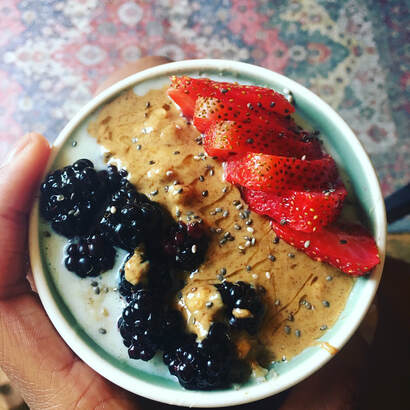 As you peak through your squinted eyes in an attempt to press snooze, you discover you’ve got 15 minutes to shower, dress, and defrost your car. Somehow you are suppose to fit breakfast into that routine… but how? Then, a wave of relief rolls over you as you recall the over night oats sitting in your fridge. Today, breakfast is not worth stressing. What are overnight oats? They are exactly as they sound- oatmeal created overnight. Simply pour dry whole rolled oats into a jar, add a liquid, protein, perhaps fruit or something crunchy, shake it, and let it sit in the fridge for 4 hours or overnight. The liquid will penetrate the oat bran and soak through the grain creating a lightly sweet and soft texture. No need for the stove top! Overnight oats are not only easy, but also filling, affordable, and versatile. If cold oats are not your jam, just pop them in the microwave for a minute! This balanced breakfast will make your morning routine a breeze. Let’s break it down by ingredient.
MILK Your milk of choice should completely cover the oats. I repeat, make sure they are submerged! Dry oats will absorb almost all the liquid. There should also be enough liquid to coat all ingredients once mixed. If not, just add a splash more. Less milk makes for a thicker consistency. This may make it too tough though if you plan to eat them hot. If that happens, just add a bit more milk and take note for next time. If allergies aren’t a concern, choose organic soy or cow milk as they contain complete protein compared to alternatives. For a lower calorie option use water or try unsweetened chai tea for some extra spice!
PROTEIN This is an important part of the meal to create a balanced breakfast! Researched shows that starting the day off with protein improves satiety and blood sugar. Nut butters mix well with oatmeal, add tons of flavor and are easy to find. If protein powder is your choice, I recommend cutting back on the oats by 25% and increasing the liquid. The powder, if not dissolved well, may make your oats gritty and even too sweet. Another protein option is yogurt. Using plain is best to decrease added sugar content, however if that is too tart for your taste buds try a flavored Greek style or strained yogurt. Flavored yogurt can serve as a two-for-one, meaning you won't need to add fruit or honey. 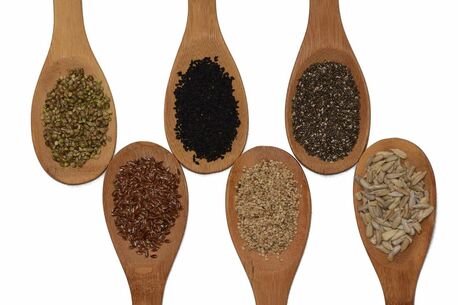 SEEDS If you want a crunch, add a sprinkle of sunflower seeds or pepitas (pumpkin seeds). They can be mixed in or placed on top. Seeds increase both fiber and healthy fats leaving you full longer. Chia seeds can be placed in raw since they will absorb the milk and swell up. Flax seeds work well when ground - since the whole seeds pass right through you. OPTIONAL FLAVORS I almost never make ONO without a heaping teaspoon of cinnamon, a splash of extract, and a dash of salt. Any additional spice will elevate your oatmeal game though. From allspice, cocoa powder, nutmeg, ginger, vanilla extract, or cardamom - endless flavor combinations are possible! If you choose all unsweetened items, add a drizzle of honey or maple syrup for a sweet touch. Check out the handout for a quick “How -To” Infographic as well as the recipes below for ideas. ~Taelin, RDN OATMEAL BASE
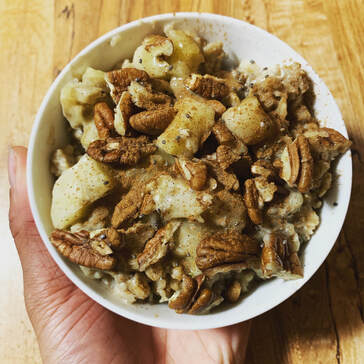 OATMEAL COMBINATIONS Banana Nut
Created by Taelin Lanier, RD
|
SD BlogA place for our consultant Registered Dietitian Nutritionists (RDNs) to share nutrition science, yummy and healthy recipes, tips on seasonal ingredients, and other nutritional musings. Enjoy! Categories
All
Archives
May 2024
|


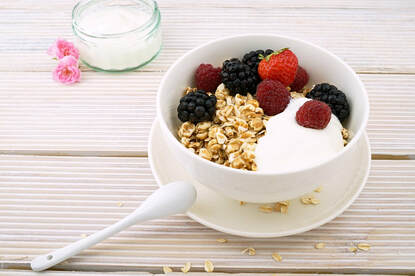
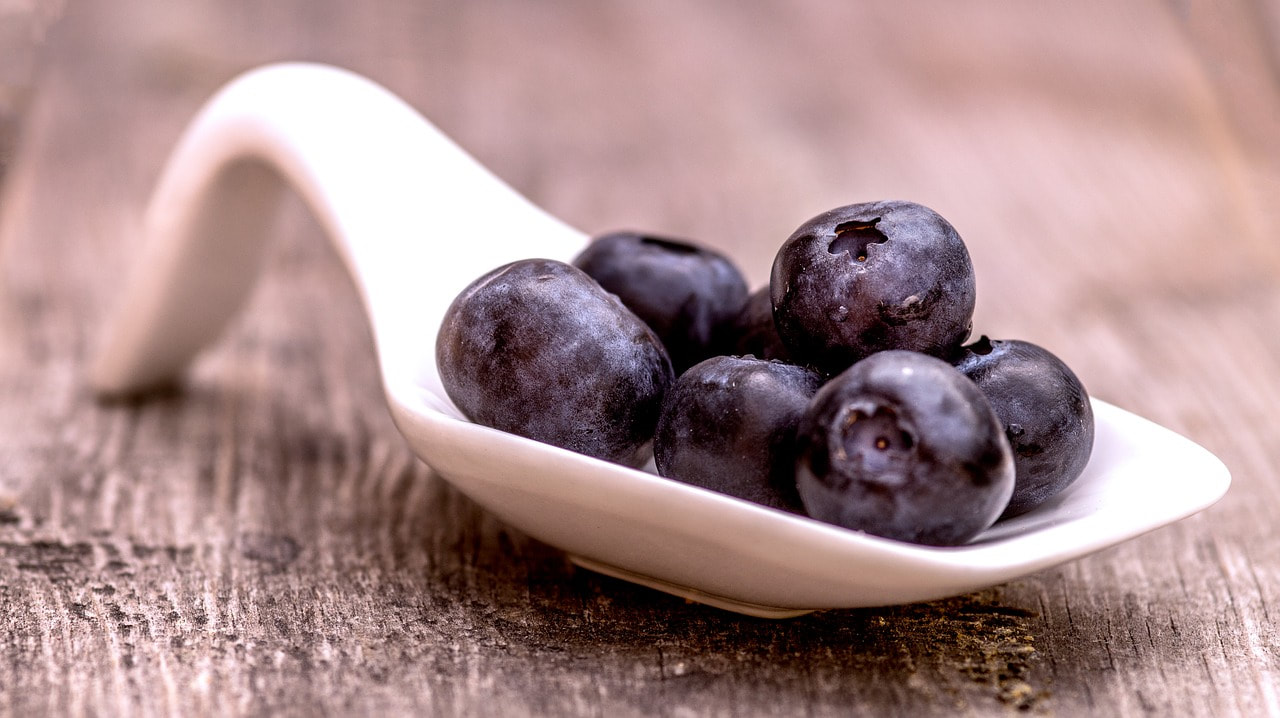
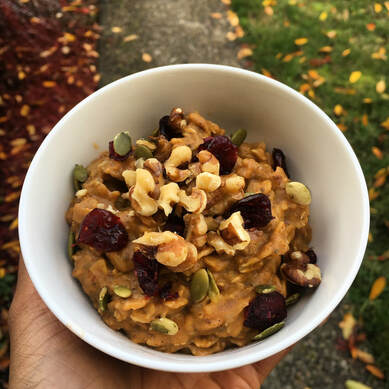
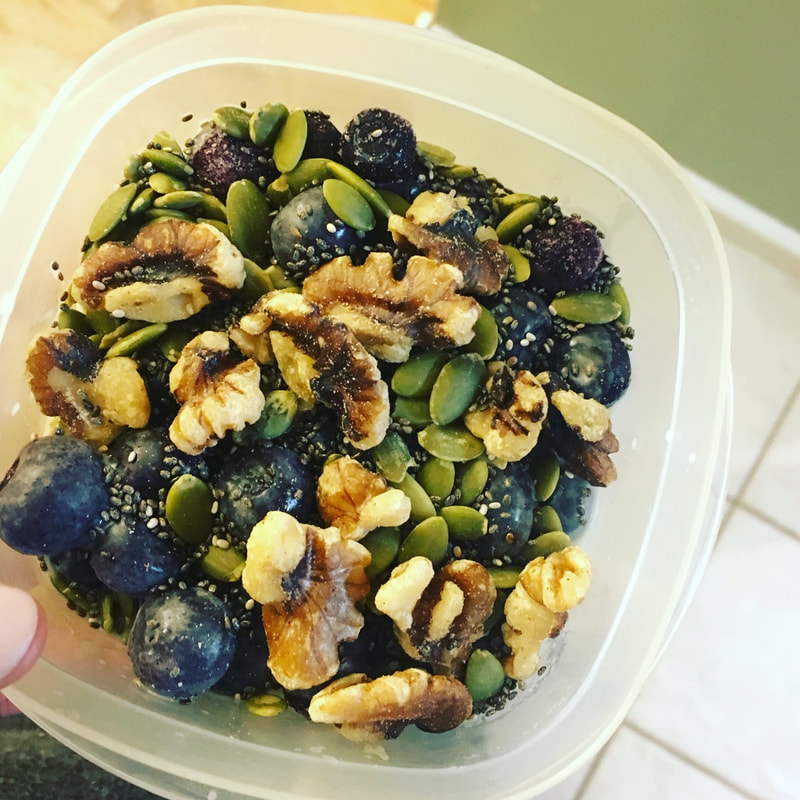

 RSS Feed
RSS Feed